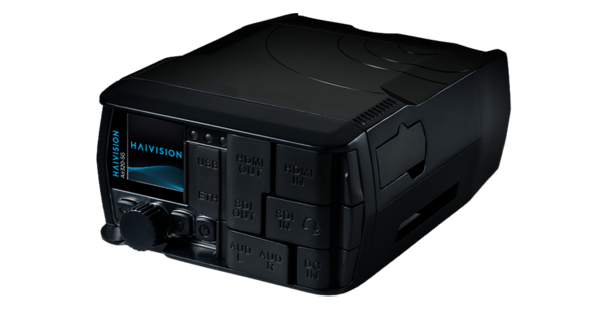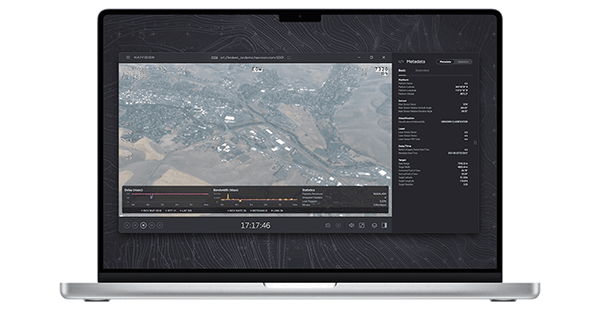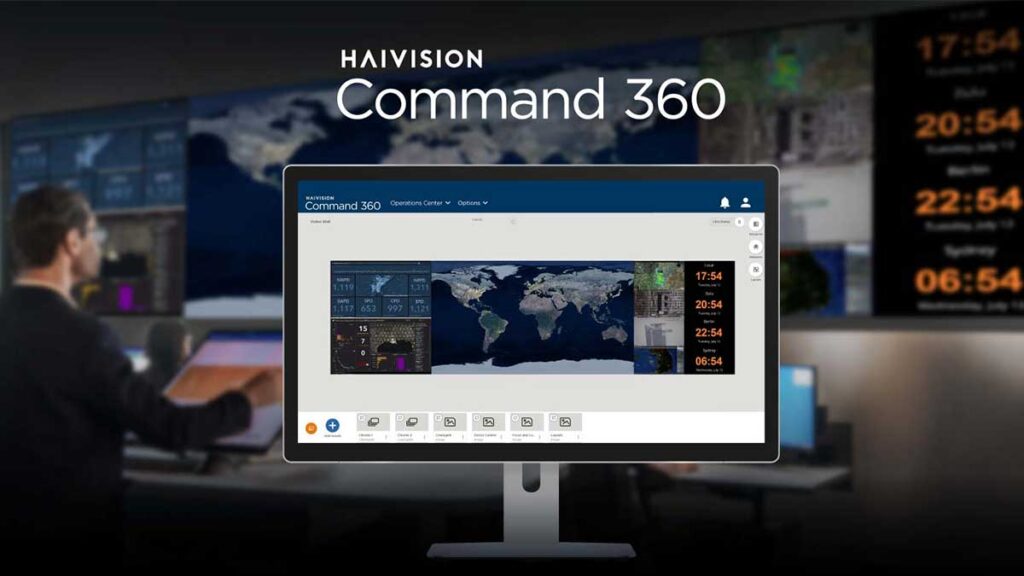Video Wall Displays

A video wall is an assembly of multiple displays configured to operate together as a single, unified screen. Video walls are used in operation and command centers to facilitate team communication through the display and monitoring of video content.
There are two main technologies used in video wall displays: LCD and LED. LCD video walls use liquid crystal panels and are known for their excellent image clarity and brightness. They are often more affordable, making them a popular choice for enterprise and smaller control room settings. However, LCD panels have visible bezels between the tiles, which can interrupt the seamless visual experience.
In contrast, LED video walls are built from individual light-emitting diodes, offering a seamless display where the edges between the screens in a video wall are very thin or almost invisible (bezel-free). They are highly durable, offer superior brightness, and perform better in larger spaces and environments with varying lighting conditions. LEDs also support tighter pixel pitches, making them ideal for close-up viewing in high-demand applications like military command centers. While LED displays can be more expensive than LCDs, their longevity and unmatched visual performance often make them a better investment for critical, high-traffic environments.




























